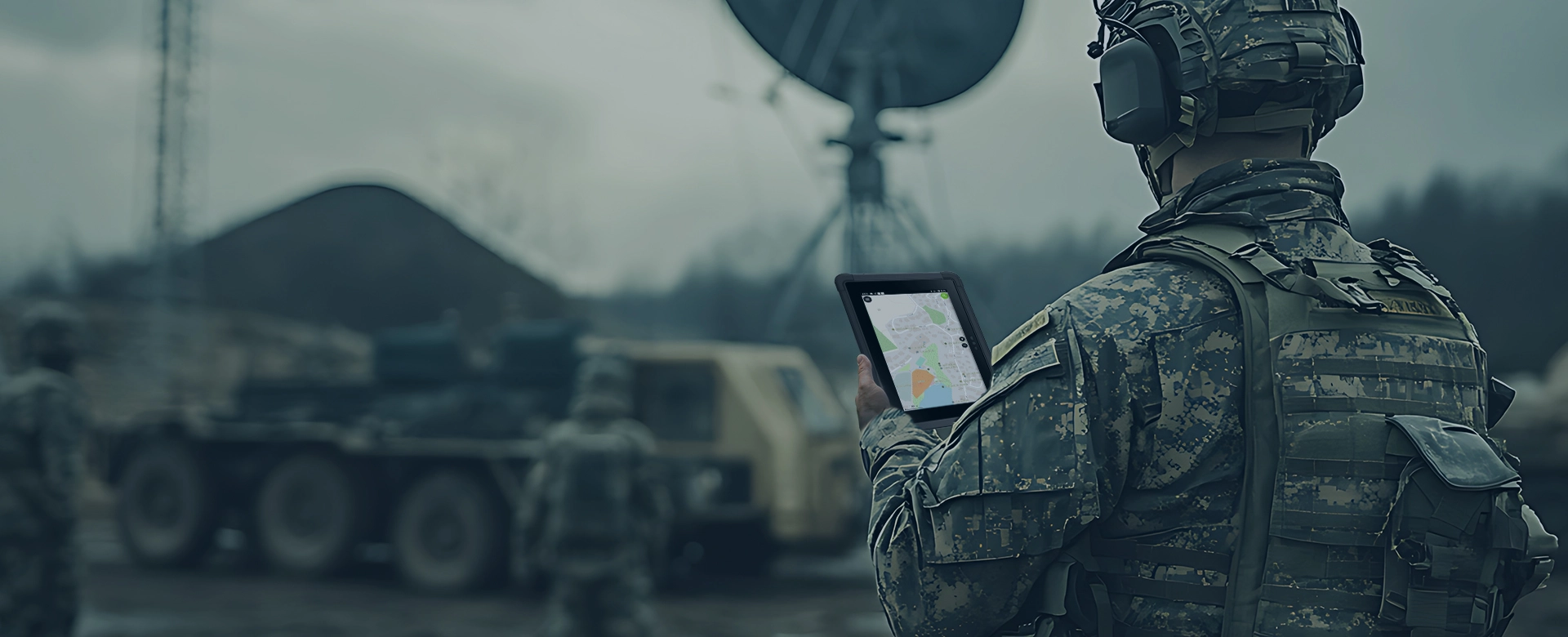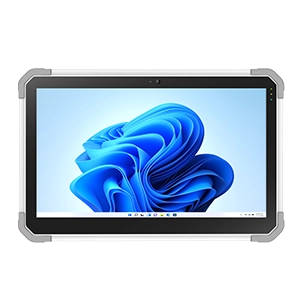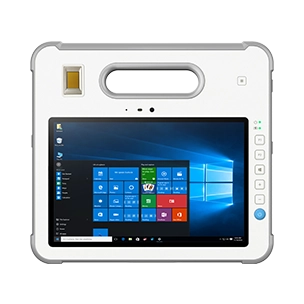What is the MIL-STD-461G Standard?
MIL-STD-461G is part of the United States military standard (MIL-STD), officially known as "MIL-STD-461G: Environmental Engineering Considerations and Laboratory Testing." This standard is established by the United States Department of Defense (DoD) to guide the environmental adaptability of military equipment and systems during the design and testing phases.Rugged tablet manufacturers, including Estone Technology, utilize MIL-STD-461G to demonstrate the electromagnetic compatibility of their products in the military and aerospace sectors.

The MIL-STD-461G certification primarily assesses the electromagnetic compatibility (EMC) of electronic products through four aspects: Conducted Emissions (CE), Conducted Susceptibility (CS), Radiated Emissions (RE),and Radiated Susceptibility (RS). These four major categories encompass a total of 20 specific test procedures, which are:
-
1Conducted Emissions (CE)
1. CE101, Radiated Emissions, 30 Hz to 10 kHz
This test item is to test the harmonic current amplitude on the power line, and compare it with the standard limit to suppress the frequency doubling harmonic current on the power line, reduce the pollution to the input power supply, and improve the power quality of the power supply. It is suitable for power lines, including power return lines, on surface ships, submarines, army aircraft (including airfield maintenance work areas) and Navy aircraft.
2. CE102, Radiated Emissions from 10 kHz to 10 MHz
This test standard limits the intensity of electromagnetic interference generated by electronic devices through conduction paths such as power or signal lines to below specified limits. It is suitable for various electronic devices, ensuring that it will not cause electromagnetic interference to other devices through the conduction path during normal operation.
3. CE106, Antenna port conduction emission from 10 kHz to 40 GHz
The purpose of this test is to limit conducted emissions from military equipment through antenna ports, ensure a clean electromagnetic environment, and prevent interference with other equipment. It is suitable for antenna ports of transmitters, receivers and amplifiers. For devices where the antenna cannot be removed, alternative tests can be performed with other test items such as RS103 and RE102. -
2Conducted Susceptibility (CS)
1. CS101, Power line conduction susceptibility from 30 Hz to 150 kHz
CS101 is an important test to assess the sensitivity of electronic devices and subsystems to power line interference in a specific frequency range. The test is designed to ensure that the device will function properly despite power cord interference and will not experience performance degradation or functional abnormalities. It applies to the AC input power lines (current per phase is not higher than 100A) and DC input power lines of equipment and subsystems, but does not include return lines.
2. CS103, Antenna Port Intermodulation Conducted Susceptibility from 15 kHz to 10 GHz
CS103 is used to evaluate the effect of intermodulation products due to nonlinear effects on device performance when two or more RF signals are received. It is suitable for receiver equipment or subsystems with antennas, such as communication receivers, RF amplifiers, radio transceivers, radar receivers, acoustic receivers and electronic countermeasures receivers.
3. CS104, Undesired signals at the antenna port degrade conducted sensitivity from 25 Hz to 20 GHz
The CS104 test is designed to assess whether the performance of the device under test (EUT) is affected when it receives unwanted signals injected at the antenna port. It is suitable for various types of equipment and subsystems, including radio communications, radar, satellite communications, etc.
4. CS105, Antenna Port Cross-Modulation Conducted Susceptibility
CS105 is designed to evaluate the susceptibility of electronic equipment to external electromagnetic interference signals that are conducted through antenna ports, which may cause interference and affect their performance. It is primarily aimed at reception equipment and subsystems with antenna ports, such as communication receivers, RF amplifiers, transceivers, acoustic receivers, and electronic countermeasures reception equipment.
5. CS109, Conducted Susceptibility to Shell Current
CS109 testing is utilized to assess the ability of equipment or subsystems to resist electromagnetic interference conducted through the casing within a specific frequency range. It is applicable to all electronic devices that may be affected by conducted interference through the casing, including but not limited to electrical system equipment, industrial control system devices, medical devices, etc.
6. CS114, Cable Bundle Injected Conducted Susceptibility Test from 10 kHz to 200 MHz
The CS114 test is designed to evaluate the equipment's immunity to radio frequency signals induced on cable bundles. It is applicable to various types of military equipment, including communication devices, radar equipment, navigation devices, etc., as well as to all interconnecting cables, including power cables.
7. CS115, Cable bundle injection pulse excitation conduction sensitivity
CS115 is designed to assess the susceptibility of electronic equipment to transient disturbances, particularly pulse current injection caused by electrostatic discharge. It is applicable to all interconnecting cables and power cables for aircraft, space, and ground systems.
8. CS116, Damping sinusoidal transient conduction sensitivity test for cables and power lines from 10 kHz to 100 MHz
The CS116 test aims to evaluate the immunity of electronic equipment to interference from conducted noise in the form of a damped sinusoidal transient signal. It is applicable to all interconnecting cables and power cables for aircraft, space, and ground systems.
9. CS117, Conduction sensitivity, lightning induction transients, cables and power lines
The CS117 test is designed to assess the conducted susceptibility of electronic equipment when subjected to transient signals induced by lightning. This test simulates the electromagnetic interference that lightning activity may generate in electronic devices, and ensures the reliability and stability of the equipment in lightning environments. It is applicable to all safety-critical interconnecting cables, including complete power lines as well as each high-voltage line.
10. CS118, Personnel-borne electrostatic discharge
The CS118 test is designed to evaluate the immunity of electronic equipment to disturbances caused by electrostatic discharge from human contact. It is applicable to electronic, electrical, and mechanical equipment or subsystems with a human-machine interface. -
3Radiated Emissions (RE)
1. RE101, Magnetic field emission
The RE101 test standard aims to assess whether the magnetic field radiation emissions of electronic equipment within a specific frequency range (typically 25 Hz to 100 kHz) exceed the specified requirements. It is applicable to equipment and subsystems on surface ships, submarines, Army aircraft (including airport maintenance areas), and Navy ASW (Anti-Submarine Warfare) aircraft, as well as the cable interfaces of their respective compartments and housings.
2. RE102, Radiated Emissions Electric Field Testing
MIL-STD-461G EMC testing standard RE102 refers to radiated emissions from equipment and subsystem enclosures, and all interconnecting cables. This standard military testing requirement does not apply to permanently mounted antennas.
It is applicable to a variety of electronic equipment, including but not limited to military products (such as aircraft, ships, land military vehicles, etc.) as well as civilian electronic devices.
3. RE103, Harmonic and Spurious Emission Radiation from 10 kHz to 40 GHz
The RE103 test is designed to evaluate whether the harmonic and spurious emissions generated by electronic equipment antennas during signal transmission exceed the specified limit values. It is applicable to a range of electronic devices, particularly in fields with high electromagnetic environmental requirements, such as military, aerospace, automotive electronics, and medical equipment sectors. -
4Radiated Susceptibility (RS)
1. RS101, Magnetic field radiation from 25 kHz to 100 kHz
The RS101 test standard is designed to assess the susceptibility of electronic equipment to disturbances in a magnetic field environment, that is, whether the equipment can maintain normal operating performance when subjected to magnetic interference. It is not only applied in the military domain but is also increasingly extended to civilian fields such as automotive electronics, medical devices, industrial control systems, etc.
2. RS103, Electric field radiation from 10 kHz to 40 GHz
The RS103 electric field radiation susceptibility test standard is primarily used to evaluate the ability of electronic equipment to resist electric field radiation within a specific frequency range. It has been widely applied across various fields, including military electronics, aerospace, automotive electronics, medical equipment, and household appliances.
3. RS105, Transient electromagnetic field radiation
The RS105 test is an important method for assessing the ability of equipment to resist transient electromagnetic interference. It has been widely used in military equipment and systems and is gradually being extended to some civilian fields with higher electromagnetic environmental requirements, such as aerospace, rail transit, medical devices, etc.
RE102 is a key test in the MIL-STD-461G standard. The test is designed to assess the intensity of electric field radiation generated by electronic devices in the frequency range of 10kHz to 18GHz to ensure that the electric field radiation generated by the device under normal operating conditions and specific fault conditions meets the limits specified in the standard.However, in different application areas, the test conditions will be different, the specific conditions are as follows:
Test Environment: Tests are typically conducted in anecho chambers to eliminate the impact of external electromagnetic interference on the test results. The anecho chamber has excellent electromagnetic shielding performance, ensuring the accuracy of the test outcomes.
Test Equipment: During the testing process, professional testing instruments are required, such as a test receiver, low-frequency preamplifier (below 1 GHz), high-frequency preamplifier (1 GHz to 18 GHz), antennas, etc. These devices can cover the entire testing frequency range and accurately measure the electric field radiation intensity generated by the equipment.
The RE102 electric field radiation emission test has a significant impact on the design and manufacturing of electronic products. To meet the requirements of the RE102 standard, manufacturers of electronic products must implement effective electromagnetic compatibility design measures during the design and production processes, such as using shielding materials and optimizing circuit designs. These measures not only enhance the overall quality and reliability of the products but also reduce the electromagnetic interference of the products to the external environment, thereby ensuring the normal operation of the entire system.
Furthermore, the RE102 test is also an important means of safeguarding human health. Long-term exposure to a high-intensity electromagnetic radiation environment may pose potential risks to human health. Therefore, passing the RE102 test can effectively control the level of electromagnetic radiation from electronic devices, protecting the health and safety of the public.
-
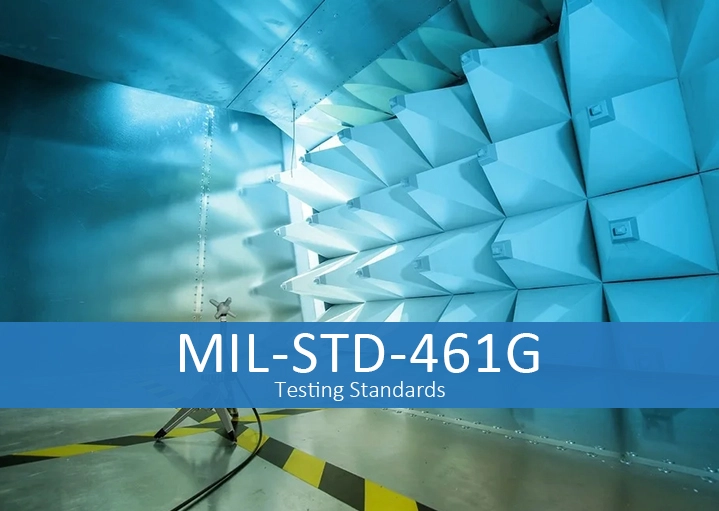 Why Choose Estone Technology for Rugged Military Tablet PCs?
Why Choose Estone Technology for Rugged Military Tablet PCs?As a trusted manufacturer of rugged military-grade tablet PCs, All of our rugged tablet PC platforms are 810G drop test certified.
Our tablets undergo:
Conduct tests on the prototype machine in strict accordance with the MIL-STD-461G testing standards, and strictly control the quality during the production process..
The test results of the product are significantly below the standard limit values.
With Estone Technology, you get rugged solutions that are reliable, robust, and ready for mission-critical applications. -
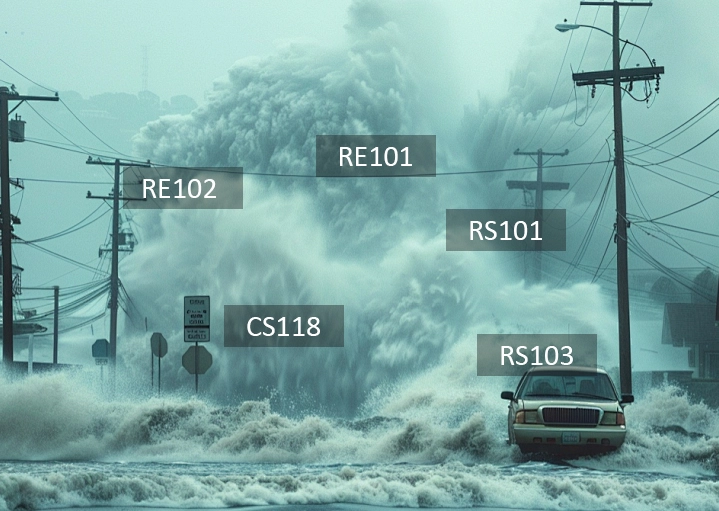 Rugged Tablet PC Platforms
Rugged Tablet PC PlatformsThe following is a list of Estone Technology rugged military grade tablet ODM platforms:
RE101 – FIGURE RE101-2. RE101 limit for all Navy applications.
RE102 – FIGURE RE102-1. RE102 limit for surface ship applications. Above deck and exposed below deck.
RS101 – FIGURE RS101-2. RS101 limit for all Army applications.
RS103 – TABLE XI. RS103 limits. AIRCRFAFT (EXTERNAL OR SAFETY CRITICAL)
CS118 – TABLE VIII. ESD test levels. Contact discharge: Level3; Air discharge: Level4



